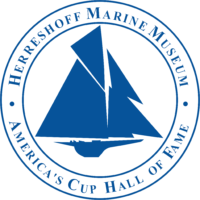March 30, 2020
This Week in Herreshoff History: March 30
Pogies, spar deliveries for NY70s, and Captain Nat's own throwback column!
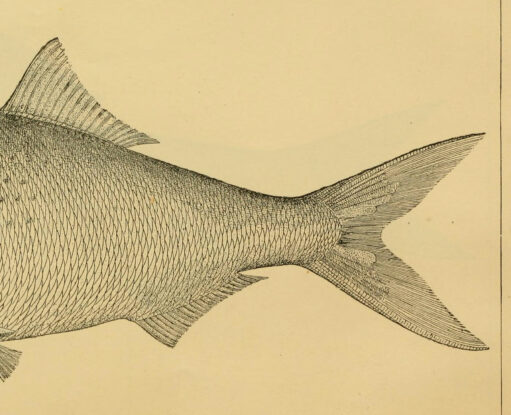
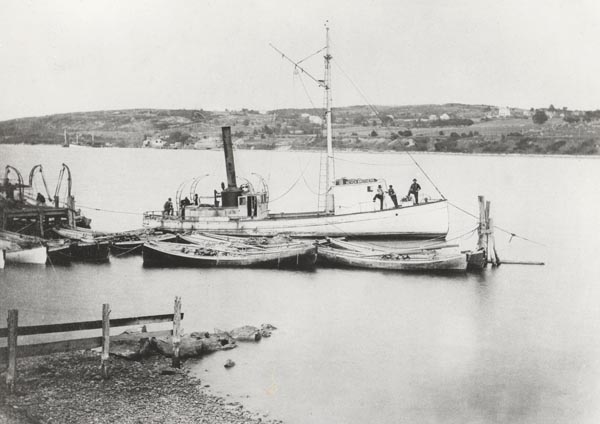
March 30, 1870
On this day in 1870, the SEVEN BROTHERS, (HMCo. #3) was launched, as the Bristol Phoenix announced three days later. SEVEN BROTHERS was a steam-powered fishing boat, contracted by the seven Church brothers of Sakonnet, RI. She was one of the first powered fishing vessels built in the U.S., and was used as a "pogy boat" by the Church brothers. Pogies, (Brevoortia tyrannus, also known as bunker or menhaden), are unpalatably oily, bony fish. They make excellent fertilizer, however, and the menhaden fishery was a profitable business to be in during the late 1800s.
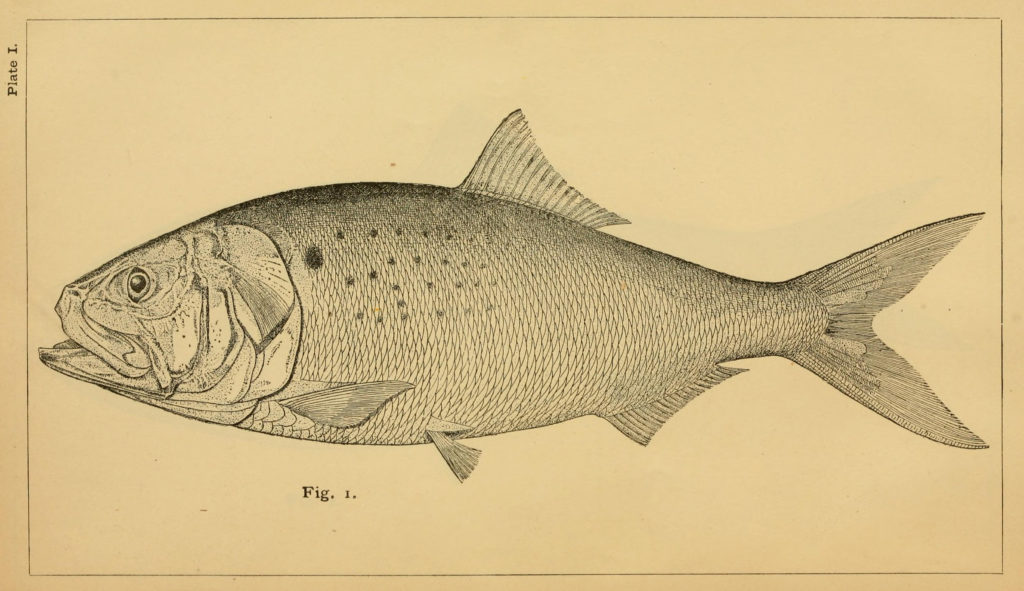
March 30, 1900
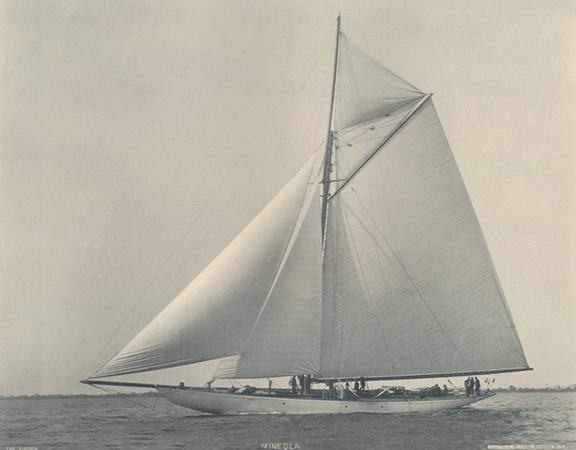
The Bristol Phoenix reports that the schooner MARY AUGUSTA delivered Oregon pine spars for the four New York 70's and two 46's (SHARK, HMCo. #531 and ALTAIR, HMCo. #539) under construction at the shops in Bristol. The NY70s were famously the largest one-design that NGH produced for the New York Yacht Club. They were arguably one of his least successful designs - but also represented a significant transition. As Bray and Pinheiro wrote in Herreshoff of Bristol,
"The four boats of this, Herreshoff's largest one-design class, went at it tooth and nail in their first season, driving their long-ended hulls way beyond their structural limitations and earning for them the nickname 'Leakabouts'...
Herreshoff's reputation suffered as much as the 'Leakabouts' themselves did, with numerous jibes coming from the yachting press and considerable owner dissatisfaction. Internal metal trusses were added during their second season which cut down on the leaking, but these scowlike monsters continued to demonstrate the ills of the prevailing Length-and-Sail-Area rating rule. (The New York 70s also demonstrated that racing craft this big should be plated with metal rather than planked with wood.) Owners and observers alike became convinced that the New York Yacht Club and other leading clubs should consider a new rule that favored less-extreme hull shapes. Within two or three years, the Universal Rule was adopted."
March 30, 1909 / March 20, 1869
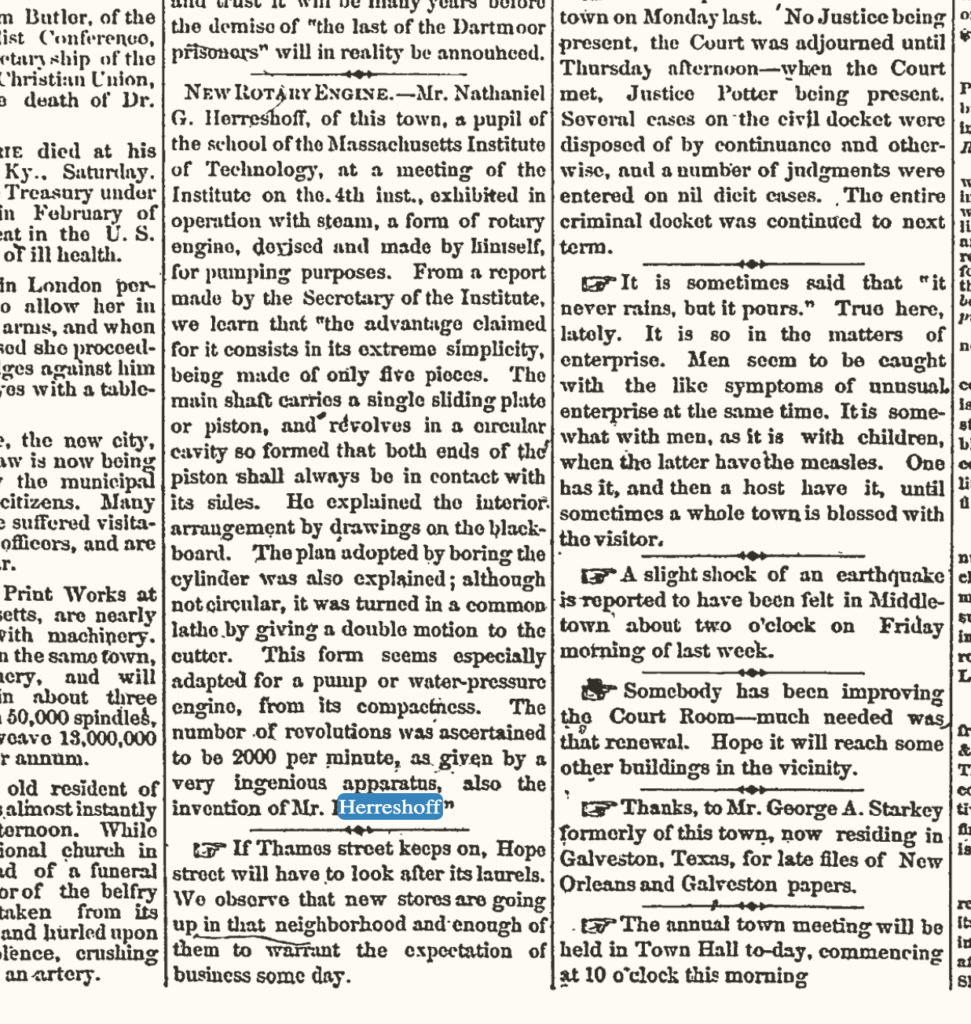
In their own version of "This week in Herreshoff History," the Bristol Phoenix publishes a column called "Reminisces of Bristol... from the Phoenix 30 and 40 years ago". The 1869 column describes a meeting of "the Institute" (Massachusetts Institute of Technology) during which Capt. Nat, then a student himself, exhibited “in operation with steam, a form of rotary engine devised and made by himself, for pumping purposes.” A detailed description of the engine’s design is given. Additionally, it is noted the performance is measured “by a very ingenious apparatus, also the invention of Mr. Herreshoff.” You can read the original 1869 article, or the 1909 reprint!
